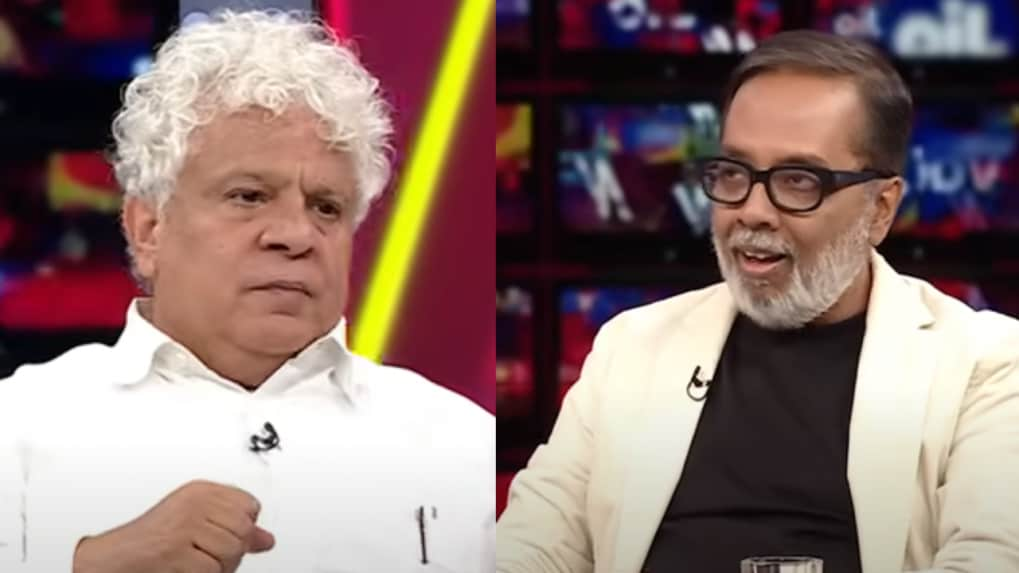Advertising
From Pink Slips to Silent Sidelining: Inside adland’s layoff and anxiety crisis

Job market turbulence is dominating headlines across the globe. The IT industry, once seen as a stable pillar of employment, is now navigating a storm of slowdowns, restructuring, and widespread layoffs. From global giants like Microsoft to Indian powerhouses such as TCS, employees are being let go in large numbers. While part of this churn is a result of economic pressure, a significant factor is the disruptive force of artificial intelligence — technology that has not just arrived but is advancing rapidly, reshaping roles and organisational structures.
On a recent episode of Media Dialogues, Editor-in-Chief of Storyboard18, Delshad Irani, brought together brand strategist and commentator Suhel Seth and media industry leader Partha Sinha, founder of ABLTY Advisory, to unpack the complex layers behind IT layoffs. Their conversation went beyond numbers and headcounts, exploring both the shareholder-driven rationale for job cuts and the human side of perception — particularly when it comes to CEO pay.
Suhel Seth said that layoffs, while unfortunate, are often an unavoidable part of corporate restructuring. “Linking paychecks to attrition or layoffs is a silly notion. Because ultimately the CEO is responsible only to one group of people — they’re called shareholders,” he said. Drawing a historical parallel, he pointed to the 1992 restructuring at Tata Steel, when one of India’s oldest steel plants had to make sweeping changes to remain viable. “You cannot let compassion override everything else because ultimately you are answerable to shareholders,” Seth added, highlighting the harsh realities of capitalism in a free market.
Partha Sinha, however, shifted the focus to perception and communication. “I have a very simple thing to tell the IT CEOs — find yourself good communication advisors, because if you are laying off people your salary will be discussed,” he said. According to Sinha, narrative-building is important. Without smart, future-focused messaging, public point of view inevitably drifts toward uncomfortable comparisons between sky-high CEO pay and thousands of employees losing jobs. “People would love to discuss others' salaries because they are very high numbers,” Sinha noted, urging leaders to reframe the conversation in ways that point to long-term strategy and resilience rather than short-term optics.
The debate underscores a core truth of the modern IT industry - while shareholder interests drive decisions, public perception and employee sentiment can shape a company’s reputation for years to come.
As AI accelerates transformation and market pressures intensify, IT companies will continue to balance profitability with people. The challenge for CEOs is not just in making tough calls but in owning the narrative that follows — one that reassures shareholders without alienating the workforce or public opinion.
From purpose-driven work and narrative-rich brand films to AI-enabled ideas and creator-led collaborations, the awards reflect the full spectrum of modern creativity.
Read MoreLooking ahead to the close of 2025 and into 2026, Sorrell sees technology platforms as the clear winners. He described them as “nation states in their own right”, with market capitalisations that exceed the GDPs of many countries.